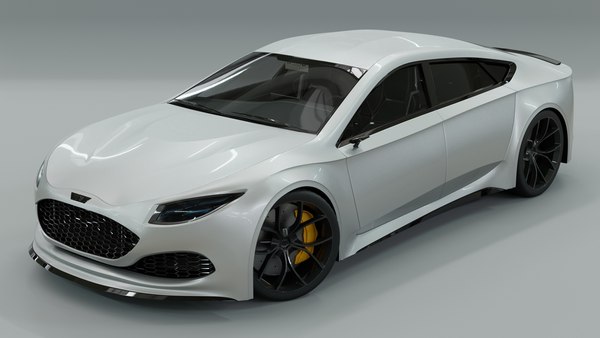Title: Intellectual Property and Green Transportation: Protecting Sustainable Mobility
Introduction:
In recent years, the world has witnessed a growing concern for sustainability and the need for environmentally friendly transportation alternatives. As governments and industries strive to reduce carbon emissions and promote sustainable mobility, the role of intellectual property (IP) has become increasingly crucial. Intellectual property rights protect innovations, ensuring that inventors and companies can benefit from their efforts and investments. In the context of green transportation, IP plays a vital role in encouraging and protecting innovations that help mitigate climate change and promote sustainable mobility. This article delves into the importance of intellectual property in green transportation, highlighting the need for adequate protection and fostering innovation.
1. Intellectual Property and Green Transportation:
1.1 Understanding Intellectual Property Rights (IPR):
Intellectual property rights encompass patents, copyrights, trademarks, and trade secrets. Patents are particularly relevant in the context of green transportation, as they protect novel inventions and innovations. By granting exclusive rights to the inventor for a limited period, patents incentivize investment in research and development (R&D) and foster technological advancements.
1.2 Encouraging Innovation in Green Transportation:
IPR protection encourages innovation in green transportation by providing inventors and companies with the confidence that their inventions will be safeguarded and rewarded. This assurance stimulates R&D investments, leading to the development of new technologies, fuel-efficient vehicles, and renewable energy solutions. The IP system ensures that inventors and companies can recoup their investments and establish a competitive advantage in the market.
2. Challenges in Protecting Intellectual Property in Green Transportation:
2.1 Complexities in Patenting Green Transportation Technologies:
Patenting green transportation technologies can be challenging due to the interdisciplinary nature of the field. Innovations in electric vehicles, hydrogen fuel cells, and renewable energy solutions often involve a combination of mechanical, chemical, and electrical engineering, making it difficult to define the boundaries of patent claims. Furthermore, the long development cycles and constantly evolving technologies in green transportation pose additional challenges in securing adequate patent protection.
2.2 The Role of Open Innovation and Collaboration:
Green transportation initiatives often require collaborative efforts across industries and governments. Collaborative innovation models, such as open-source projects or partnerships between technology developers and vehicle manufacturers, raise questions regarding IP ownership and protection. Balancing the need for collaboration with IP protection can be complex, copyright – ejp.ir – requiring careful management of intellectual property agreements and licensing.
3. The Role of Intellectual Property in Promoting Sustainable Mobility:
3.1 Encouraging Investment in R&D:
IP protection incentivizes investment in R&D by providing inventors and companies with exclusive rights and a competitive advantage. This encourages the development of advanced technologies and solutions that contribute to sustainable mobility, such as electric vehicles, smart transportation systems, and infrastructure for renewable energy integration.
 3.2 Facilitating Technology Transfer and Licensing:
3.2 Facilitating Technology Transfer and Licensing:
IP rights facilitate technology transfer and licensing agreements, enabling the dissemination of green transportation technologies to wider markets. Licensing agreements allow technology developers to reach a broader customer base, accelerating the adoption of sustainable mobility solutions. By protecting their IP, inventors and companies can negotiate fair licensing terms and ensure their technologies are used in an environmentally responsible manner.
4. Conclusion:
Protecting intellectual property is essential for fostering innovation and promoting sustainable mobility in the green transportation sector. The IP system incentivizes investment in R&D, encourages collaboration, and ensures inventors and companies can reap the rewards of their efforts. However, challenges exist in defining patent boundaries and balancing collaboration with IP protection. Governments, industries, and IP regulators must work together to create an environment that safeguards intellectual property while promoting the development and deployment of environmentally friendly transportation solutions. By doing so, we can accelerate the shift towards a more sustainable and greener future.